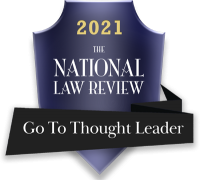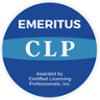![]() Guest post from Paul Cole, Lucas & Co., UK; introduction by Warren Woessner.
Guest post from Paul Cole, Lucas & Co., UK; introduction by Warren Woessner.
In this interesting note, Paul Cole explores the possible effect on the Fed. Cir. and Supreme Court’s decisions about the patent-eligibility of “genomic DNA” of the arguable failure of the claims to meet the written description and enablement requirements of section 112. He also considers whether or not the Court’s ruling ultimately will have any real effect on Myriad’s testing business. Finally, he raises the question of the effect of the decision on progress dependent on work involving non-human DNA sequences.
A representative Myriad patent considered by the Supreme Court in the above proceedings covered isolated DNA coding for the wild-type BRCA1 gene. However, it disclosed only a partial sequence of the gene and did not disclose its isolation as a free-standing molecule. For those reasons a claim which on reasonable interpretation covered the wild-type gene was open to objection on the grounds of lack of written description and lack of enablement, which objections though not formally in issue were readily apparent to a knowledgeable reader. (The entire post can be downloaded below.)






